Editor’s Note: In the December-January issue of My Table magazine, we have an article by Ellie Sharp about two Houston restaurants and a food/wine shop that specialize in South African cuisine. We were curious to learn more about the foods and meal customs in South Africa and asked native Fiona Siemelink to walk us through a day of eating South African style. Fiona is a popular coach at Houston’s Trotter Family YMCA. She and her husband Hans compete in Ironman competitions all over the world.
South Africa is the Rainbow Nation, a richly diversified land steeped in a tumultuous history. It’s a land blessed with many cultures, religions, tribes and immigrants and a place where the cuisine is as varied as the differences in weather, landscape and local dialects between Cape Town, Johannesburg, Bloemfontein and Durban.
In many ways the daily food of many South African families today has its roots in the pots and bowls of long-gone indigenous peoples. These people made use of fruits, nuts, bulbs, leaves, spices, grains and wild game. Along with this, there has been the influence of Dutch, Indian and the British and, alas, now the influence of Western fast-food chains. Thankfully, traditional food fare is still abundantly available in everyday South African life.
As a kid in boarding school, I ate what many South Africans have for breakfast: pap, also called mieliepap (photo below). Pap – the name simply means porridge – is made from mielie meal, or ground maize, and is similar to American grits or polenta. It’s an ancient food in this part of the world and may be served thin with butter and sugar for breakfast or thick and made savory at other meals. If pap has its roots with ancestral indigenous people, then the pork sausage, bacon, eggs and marmalade on toast that might follow have definite links to the British and Dutch influences.
Mid-morning tea is characterized by hot tea being served with milk and sugar. A rusk may be dunked in your tea and quickly placed in your mouth before the inevitable oops as your soggy rusk lands on your lap! A rusk is a Dutch hard cookie about two inches tall and perhaps an inch in diameter. If in South Africa, you’d be best advised to buy Ouma’s Rusks. (Ouma means Granny). They may be plain, buttermilk or muesli flavored.
Lunch and dinner are extremely varied. You could opt for an Indian influence and have biryani (flavored rice with vegetables) or bunny chow (a hollowed-out bread filled with spicy curry); you could have meat or vegetable samoosas (similar to turnovers), or a hot meat or vegetable curry served with yellow rice and sambals (a spicy condiment).
Perhaps Cape Dutch cuisine? A hot spicy bobotie (minced meat pie with an eggy topping) is always delicious. (The trademark would be the milk custard and fresh lemon leaves placed on top of the fragrant dish half way through the baking period.) Or maybe boerewors (farmer’s sausage, Sprinkbok’s boerewors roll photo below) with chakalaka (spicy mixed vegetables) and mielie-bread (made from maize and sour milk). You could well be having a braai (a barbecue) in which case your wors (boerewors), chops, steaks and chicken would be marinated and cooked over the coals outdoors. The men would ensure they were the masters of this cuisine, whilst the ladies would be fussing over salads, starters and pudding (as we call dessert).
With the dominance of the British, you could also enjoy roast beef with Yorkshire pudding, roast lamb with mint and buttered peas, or fish pie with piped mashed potato. Chicken à la king on rice with mixed vegetables could be in your sights, or good old fish and chips with mushy peas. How very British, no? Yet these dishes are commonplace in the homes and restaurants of South Africa.
Pudding (dessert) comes last, with many temptations: Tipsy tart is pitted-date sponge laced with brandy and covered with whipped cream, while koeksisters is a twisted deep-fried pastry soaked in sweet syrup. Or you might like malva pudding (of Dutch origin, made with apricot sponge); melktert (milk tart) or vet koek (“fat cake,” which are deep-fried dough balls stuffed with jam).
And of course your meal may well be accompanied by some fine South African wine or beer, of which there are too many to mention. Award winning and now world famous, many are available in better Houston shops.

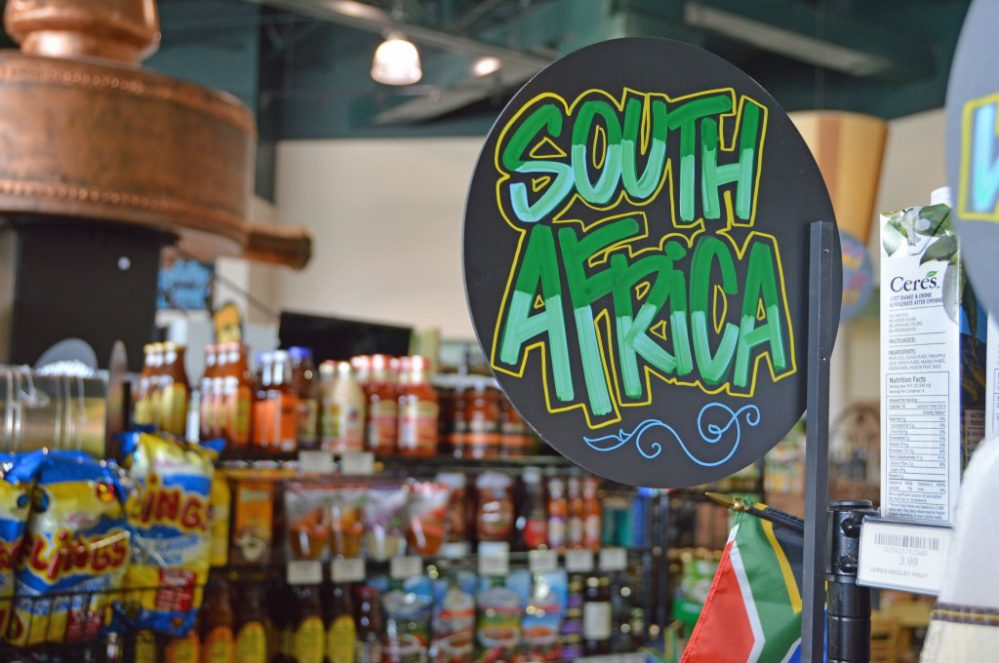
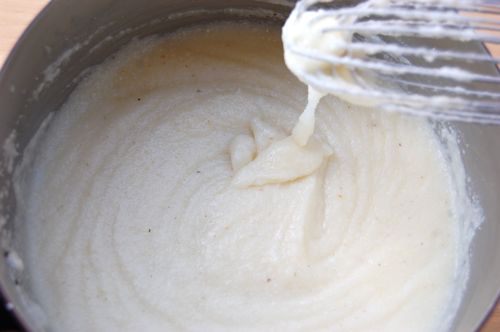
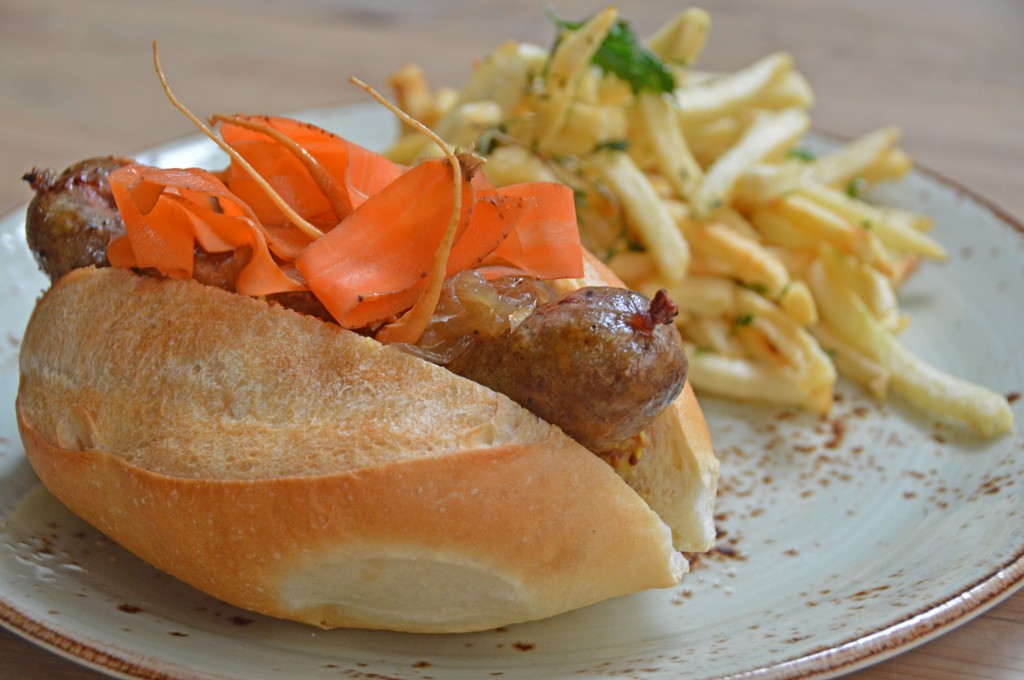

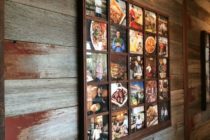

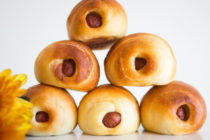



Follow Us